The “SIRON SMD Digital Rework Soldering Station (850d)” as it might be a product released after that date. However, I can provide a general description based on typical features of SMD digital rework soldering stations.
Please note that the information provided here may not be specific to the SIRON 850d model, and for accurate and up-to-date details, it’s recommended to check the manufacturer’s official website or contact them directly. Here is a general overview:
SIRON SMD Digital Rework Soldering Station (850d) Overview:
- Power and Wattage:
- The wattage of the soldering station will indicate its power output. This is important for handling various SMD components, and the exact wattage may vary between models.
- Temperature Control:
- SMD rework soldering stations typically offer precise temperature control, allowing users to set and maintain specific temperatures for soldering or desoldering SMD components.
- Digital Display:
- The “Digital” in the name suggests that the soldering station features a digital display. This display is likely used to show the current temperature, set temperature, and other relevant information.
- Hot Air Rework:
- SMD rework stations often include a hot air gun or rework tool. This tool directs hot air to specific areas on a circuit board, making it useful for tasks such as desoldering and soldering SMD components like chips, resistors, and capacitors.
- Soldering Iron:
- Some rework soldering stations come with an integrated soldering iron, providing users with a complete solution for various soldering tasks.
- Airflow Control:
- Adjustable airflow is a common feature in SMD rework stations. This allows users to control the intensity of the hot air, providing flexibility for different applications.
- ESD-Safe Design:
- To protect sensitive electronic components, SMD rework soldering stations often have an Electrostatic Discharge (ESD)-safe design.
- Compact Design:
- Rework soldering stations are typically designed to be compact and ergonomic, allowing for ease of use in various electronic assembly and repair applications.
- User-Friendly Interface:
- A user-friendly interface is important for adjusting settings and monitoring the soldering process. This may include buttons, knobs, or a touch-sensitive control panel.
For the most accurate and up-to-date information, please refer to the specific product documentation or contact the manufacturer directly.

 Soldering Irons
Soldering Irons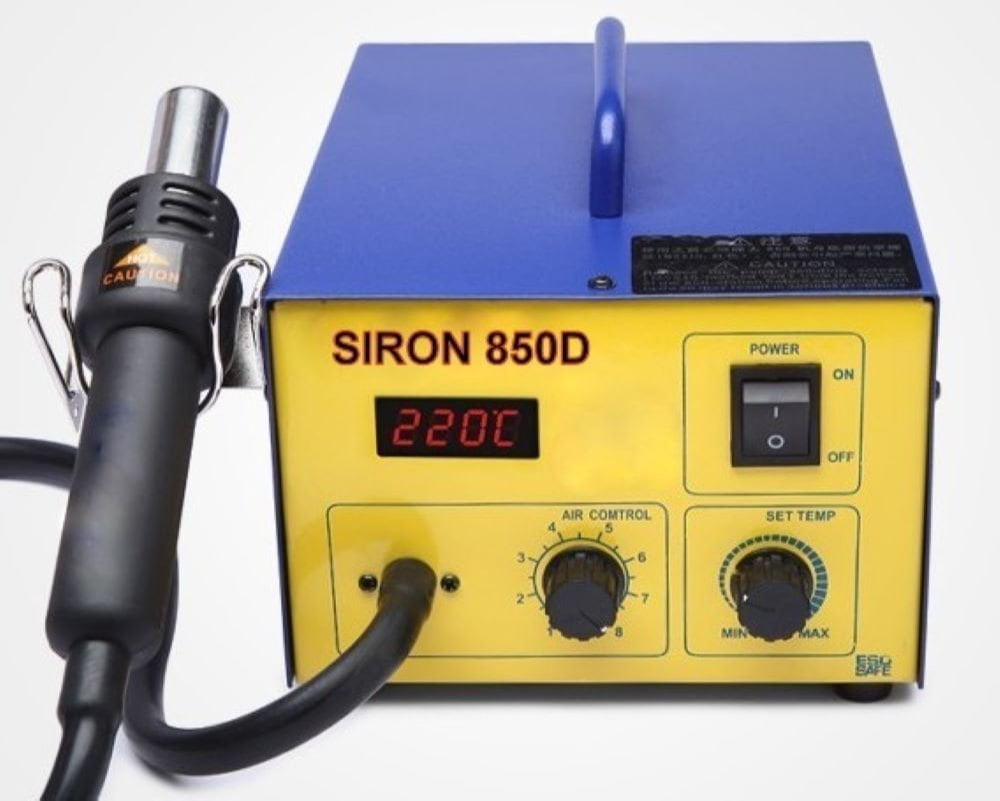
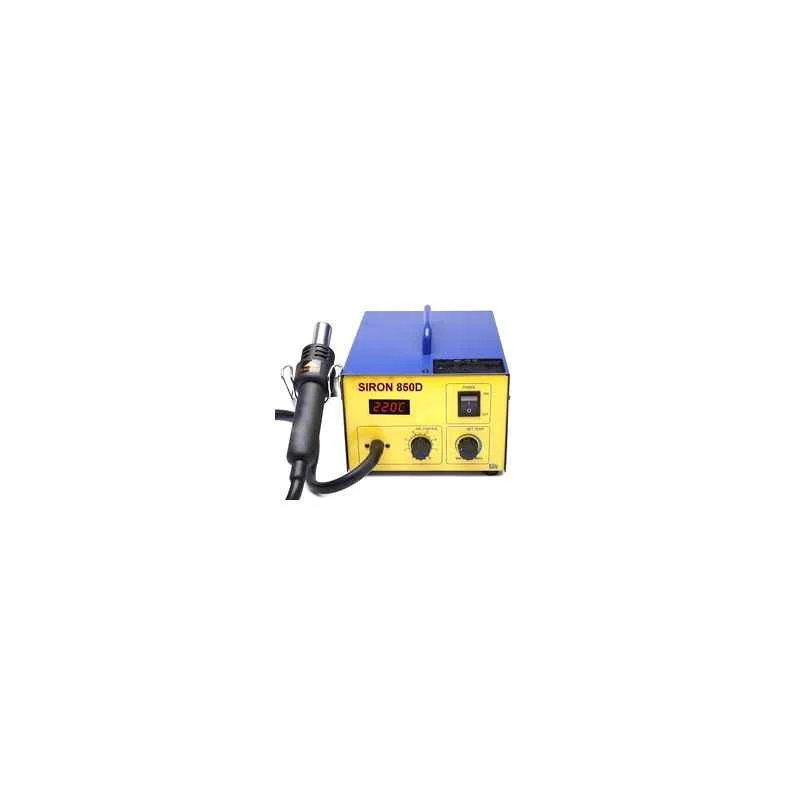
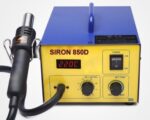
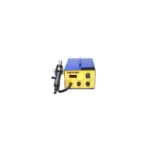


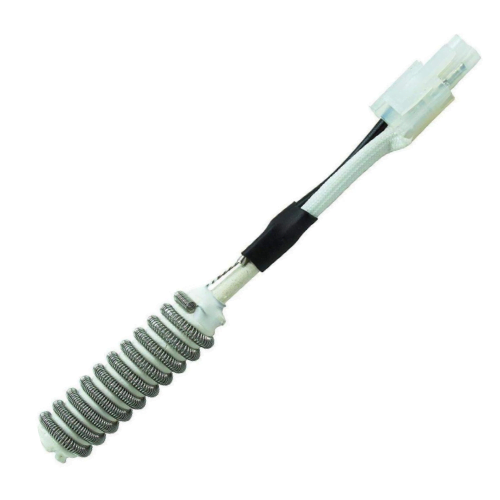
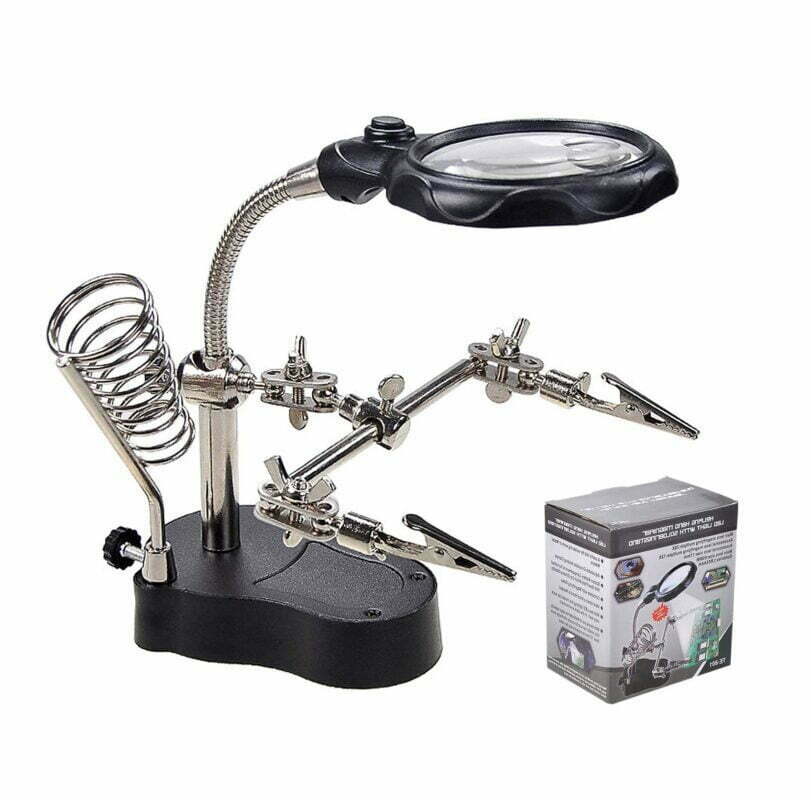
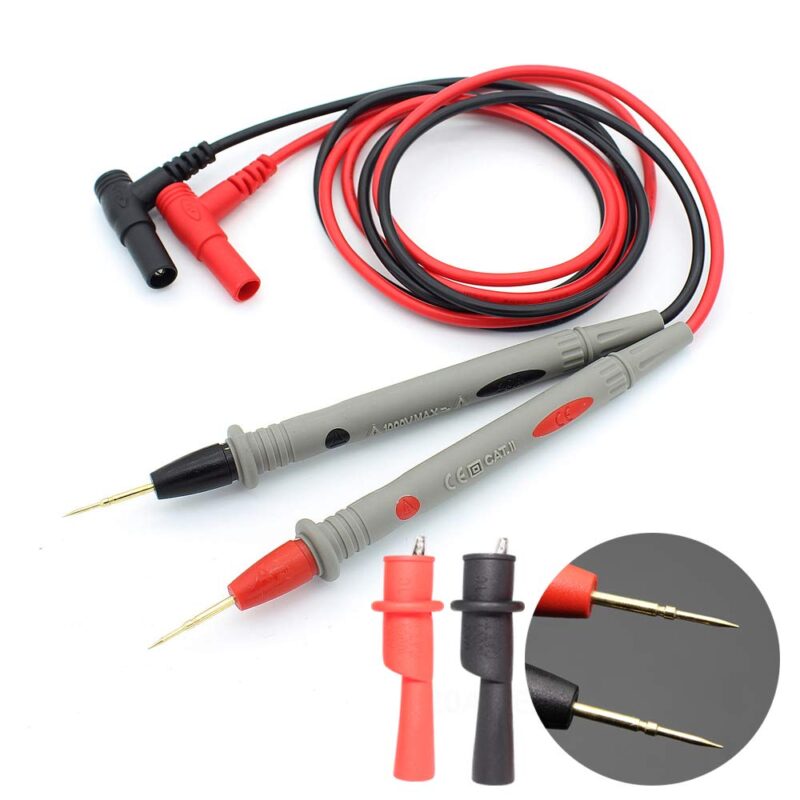
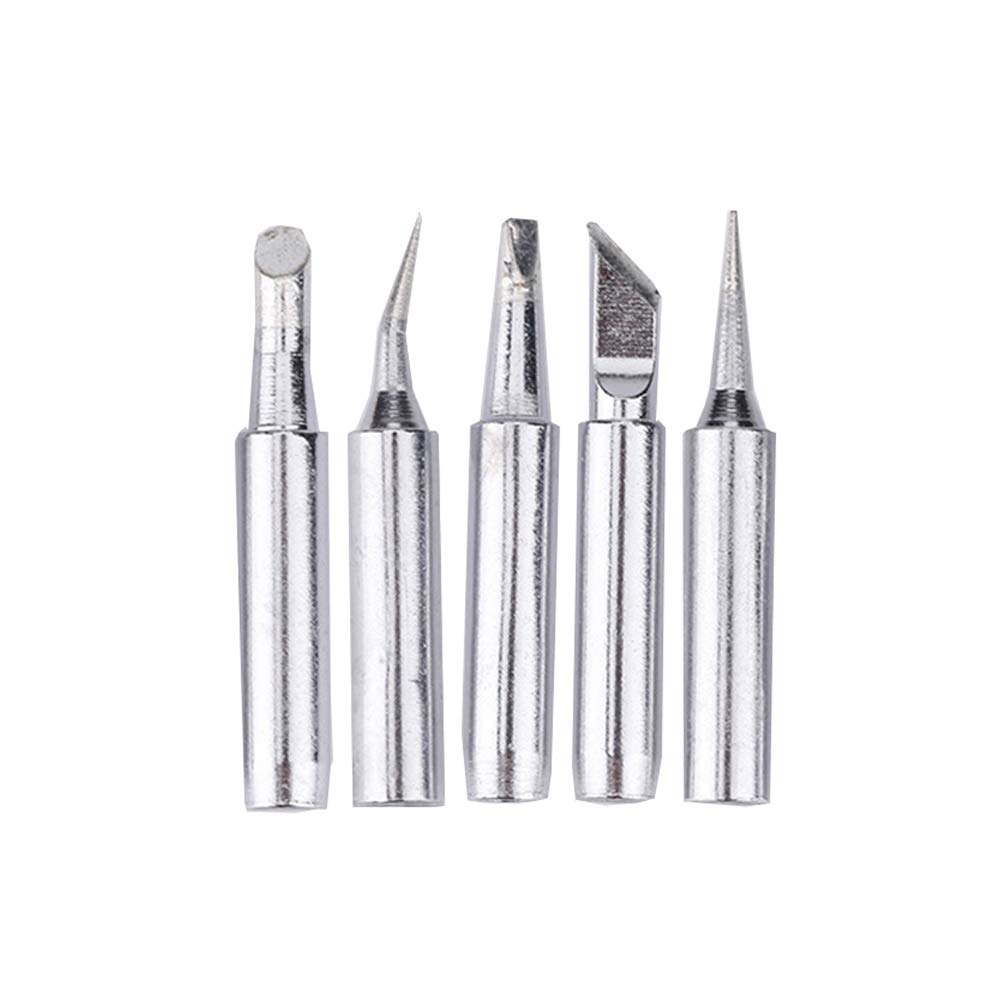
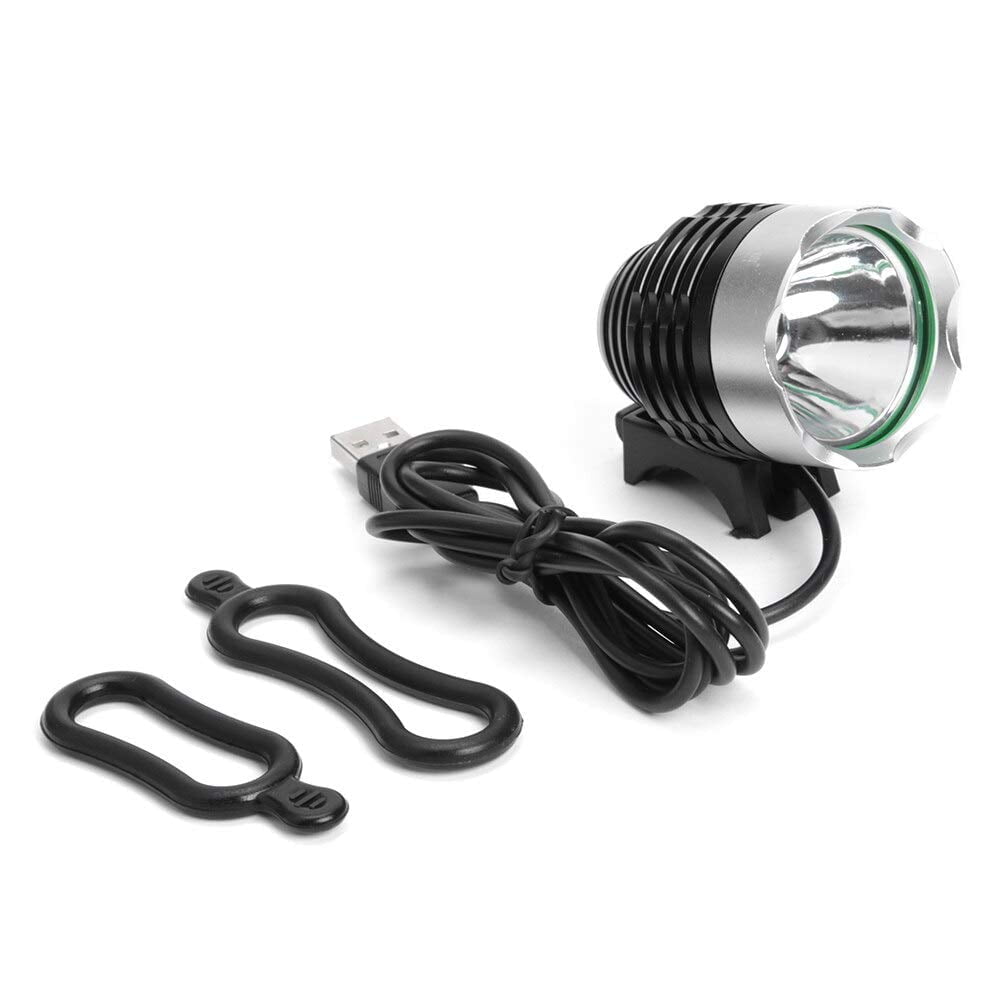
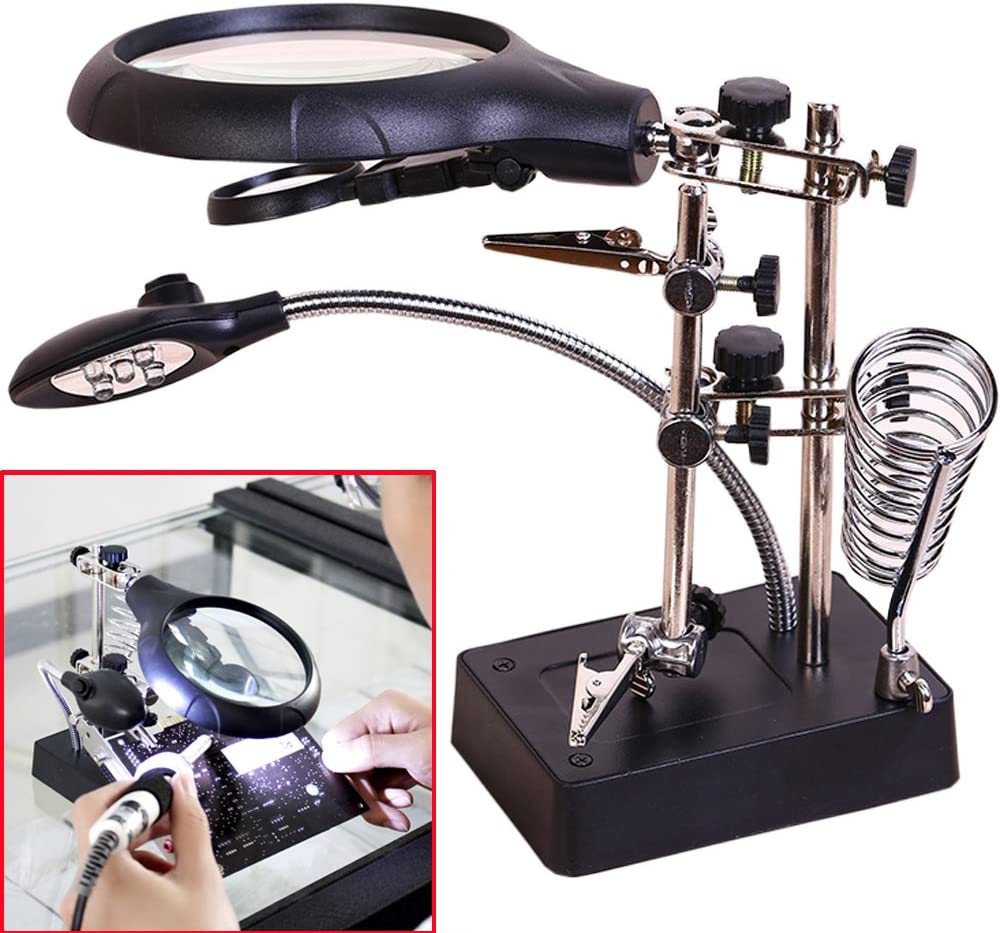
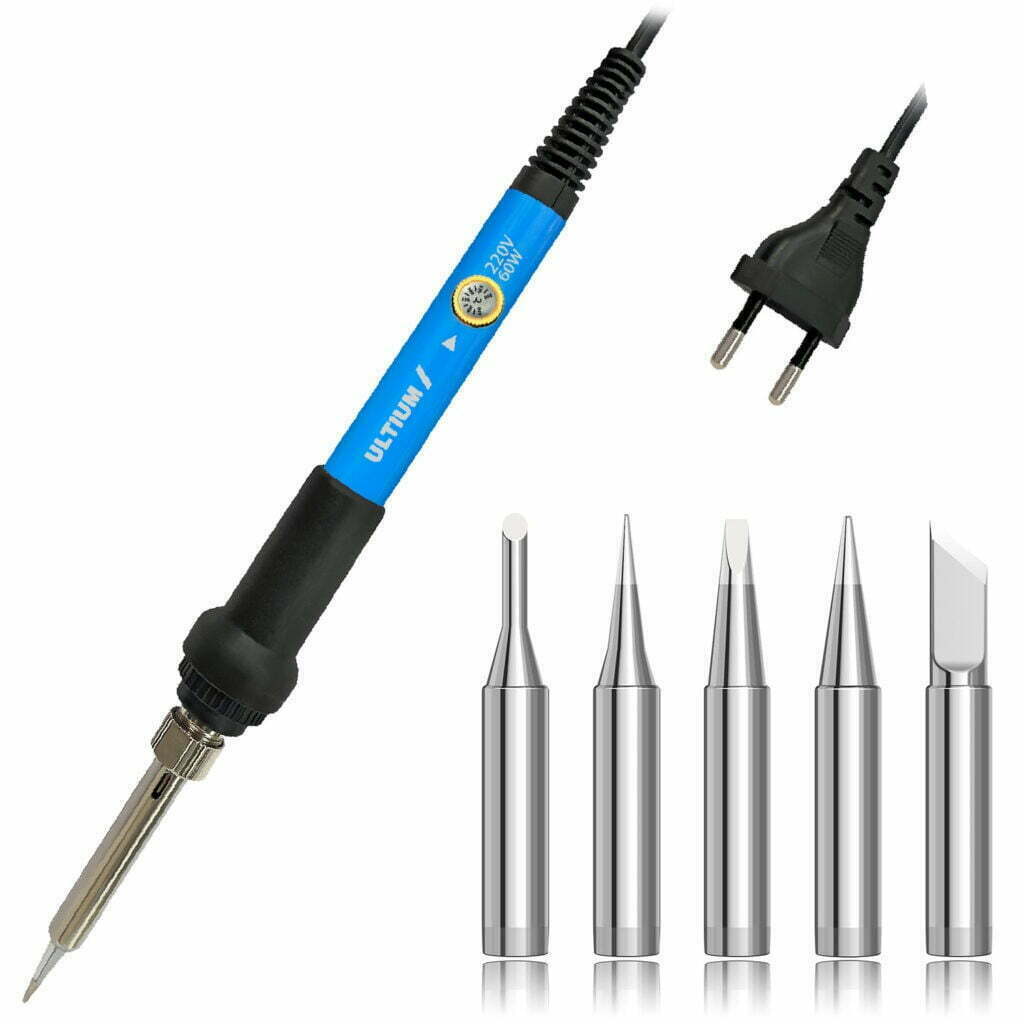




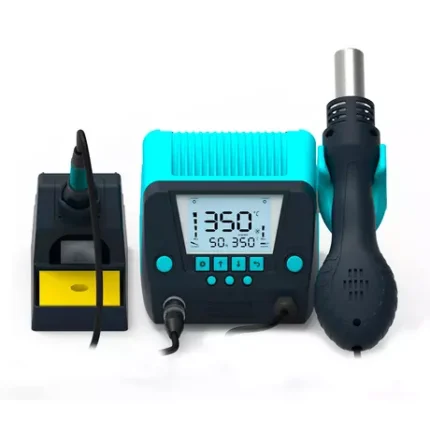
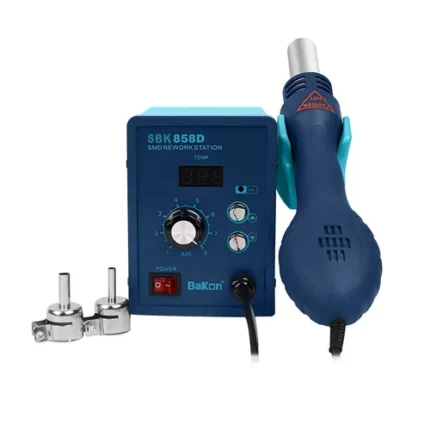
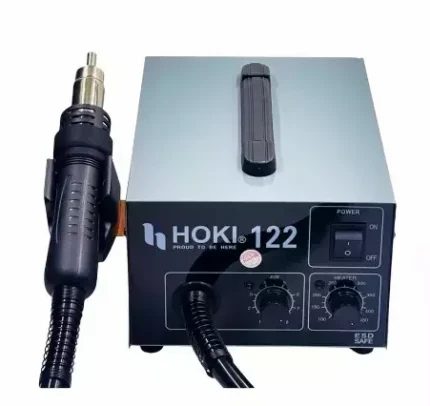
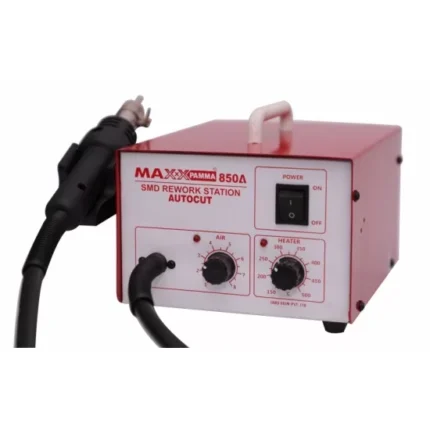
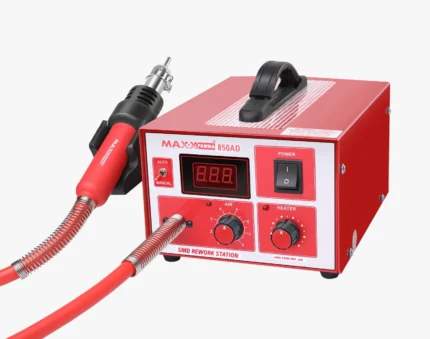
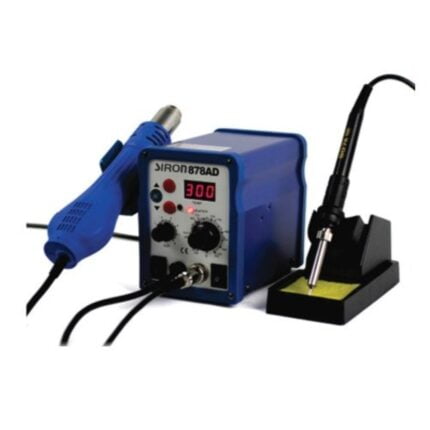
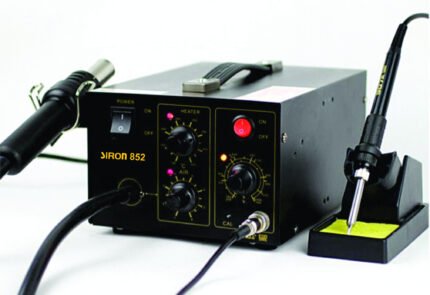
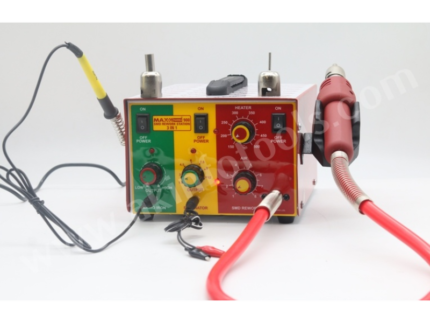

















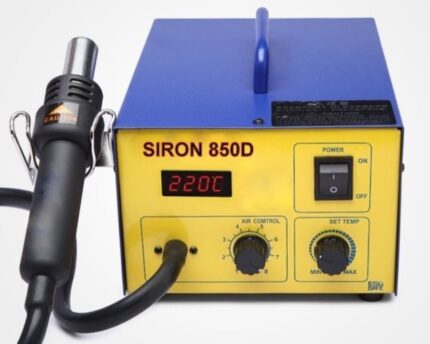

Reviews
Clear filtersThere are no reviews yet.